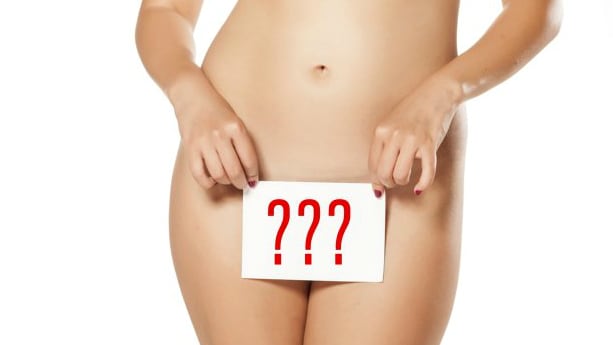I was once a “model” for a Brazilian wax, in which one has the torturous job done for free by an aesthetician in training. Having been through this procedure many times, I empathized with my visibly nervous waxer. I smiled reassuringly, contriving to mask the grimace on my face when, with one strip of wax, she pulled, and pulled, and pulled again. “Oof,” she grunted, using her sleeve to wipe the perspiration from her brow. She plunged the tongue depressor (yes, this is the utensil of choice) back into the wax pot. Oof, indeed.
As she applied the next strip with an unsteady hand, a beautiful Singaporean woman entered the room, trailed by a notepad-holding observer. (How strange, I thought, to have three women scrutinizing my vagina like a science experiment.) She watched my trainee rip, and rip, and rip again before jumping in. “Stop! Stop! The area has to be taut,” she chided, gently stretching the skin around my exhausted unmentionables. “Now do it.” The tentative trainee collected herself and ripped again, this time in one dramatic pull. “Better,” the Singaporean said, winking at me.
As I braced myself for round three, I was, unbeknownst to me or to these wax-wielding sadists, making a political statement. Because every couple of years the same question is asked: “Are we finally saying bye-bye to the Brazilian?” And every couple of years we read contradictory stories, like The Atlantic’s 2011 proposition that pubic hair is going “extinct.”
The flood of “pubic hair extinct stories” always provokes moralizing about the rise of porn culture and pedophilic tastes in female grooming. Fashion photographer Helmut Newton, a notorious bush-lover, once flew into a rage when a model showed up on set with a naked pudendum. “I hate these shaved pussies,” he bellowed. “I hate women who look like 12-year-old girls.” At Newton’s behest, or so the story goes, the model spent most of the day with a hairstylist painstakingly glueing pubic hair on her midsection.
Many women of the Helmut Newton school have been waiting for pubic hair to make a comeback since the J Sisters brought the Brazilian bikini wax to Manhattan and Sex and the City made it mainstream. So it’s no surprise that Salon.com jumped on the opportunity to write a piece about the “Downfall of the Brazilian” after an online pharmacy in the United Kingdom published a survey (using an “admittedly small pool” of respondents) suggesting women are no longer preoccupied with below-the-belt maintenance. Among the dubious findings: 62 percent said their partner “prefers the natural look” and 45 percent said they can “no longer be bothered to keep up the grooming.” In response, Salon writer Mary Elizabeth Williams declared that “female pubes have been staging a quiet return all this year,” citing Gwyneth Paltrow’s admission on The Ellen DeGeneres Show that she “rocks a ’70s vibe.”
Well perhaps in the U.K.—and among Anglophile celebrities. But a 2011 academic study by researchers at Kenyon College (yes, academics study bald vaginas) declared that a majority of both college men and women in Australia and the United States “remove all or part of their pubic hair.”
But what of this trend—backed by nothing more than dodgy data provided by an online survey from an online pharmacy—toward a more 1970s-style look? When Lady Gaga displayed wisps of dark pubic hair on the cover of Candy magazine and T magazine decided that women were “return[ing] to a more natural state,” the media howled that grooming was dead.
But what of Miley Cyrus’s hairless frontal wedgie and Rihanna’s confession that she enjoys painful bikini waxes? Or Hayden Panettiere yelping on the waxing table during a pre-interview for DeGeneres? And in the year’s most explicit film, Blue Is the Warmest Color, the stars may have been wearing prosthetic pussies, but they were hairless prosthetic pussies.
“More people are getting Brazilians done than ever before,” says Ramon Padilla, the “director” at Strip, a popular waxing salon in Manhattan and London. “But in terms of an overall look and style, that changes with the season.” Indeed, according to figures provided by the consumer tracking group NPD, women spent $4,876 more on grooming products this year than last.
So why the rush to declare a hairy future? It might well be that trend pieces are always pregnant with politics; in this case, less maintenance means liberation—a sign that women may be breaking free from the yoke of a patriarchal society.
But there is still a stigma associated with body hair. Female pubes forced the removal of an Instagram account after a woman posted a picture of herself in her bikini with a few errant dark hairs poking out the top and sides. Women in the media have every reason to want the au naturel look to return to vogue.
As much as the pro-bush crowd wants to will it away, the sphinx isn’t disappearing anytime soon. And the rest of us who prefer tundra to hirsuteness will keep going back for more rip-rip-rip and pull-pull-pull.

